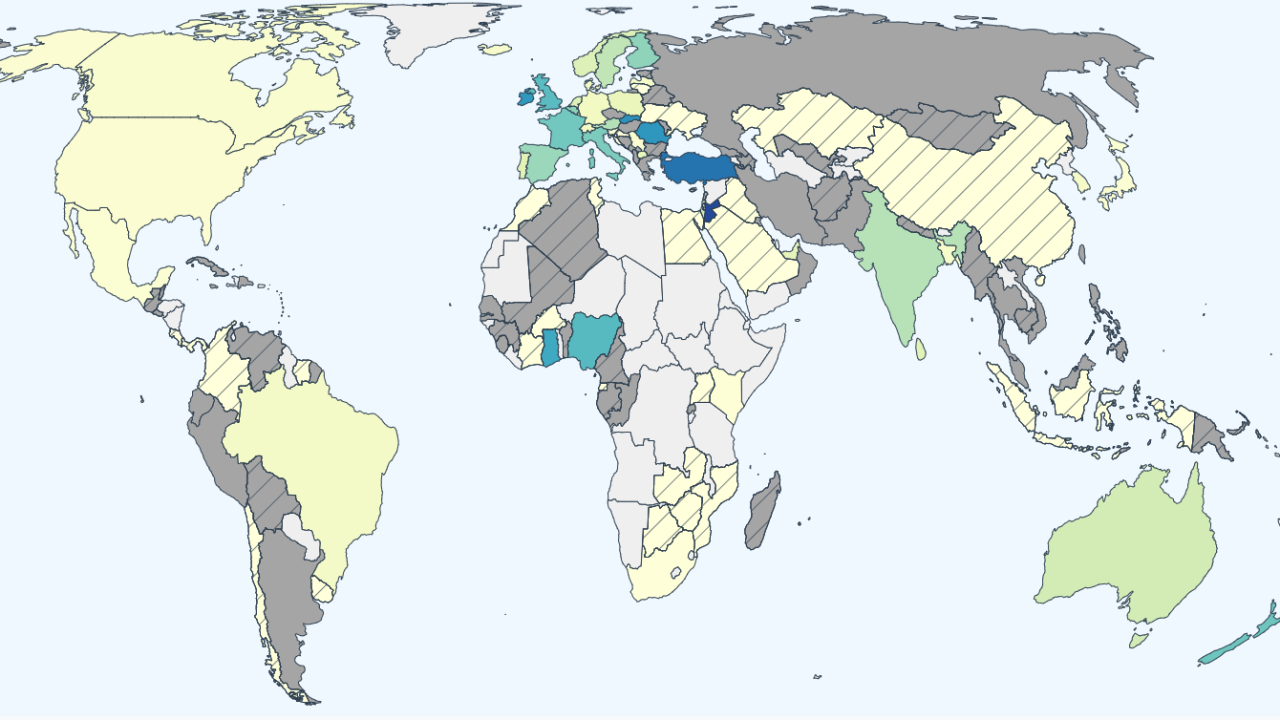SAN DIEGO (KGTV) -- As we attack the spread of the coronavirus with vaccines, our enemy is adapting, picking up a new mutation in its genetic code roughly every two weeks.
Scientists at Scripps Research have unveiled a new online tool to visualize the latest variants and track newly emerging mutations.
The mutation tracking tool is the latest addition to outbreak.info from the Center for Viral Systems Biology (CViSB) at Scripps. Through maps and charts, users can track the spread of variants like B.1.1.7 country by country, state by state.
"This is a big team effort," said Karthik Gangavarapu, a computational scientist at the CViSB.
Gangavarapu and research programmer Al Abdel Latif are part of the Scripps lab that sequences viral samples from the San Diego area. They were producing daily situation reports for their collaborators when they had an idea: why not pull together data from sequencing labs around the world and map them out?
With help from GISAID, the leading repository of sequencing data, the researchers built a suite of visualization tools.
"The ideal objective is to give the user sort of an eagle-eye view of what's going on and to give them the ability to hone in on certain details, whether it's a certain country that they're interested in or a state," said Latif.
Using their tool, you can hone in on the South Africa variant, B.1.351. Early research suggests vaccines are less effective at blocking this variant.
Prevalence maps show the variant is widespread in South Africa and its immediate neighbors: Botswana, Mozambique, and Zambia. Other nearby African countries are an ominous shade of gray, indicating gaps in genomic sequencing where scientists have not tested samples.
But the U.S. appears in a shade of light manilla. The South Africa variant has shown up just 14 times out of the 25,221 sequenced genomes in the GISAID database. (The CDC reports the South Africa variant has been detected 49 times in the U.S. to date, highlighting a limitation with the GISAID database.)
The team is more concerned with B.1.1.7, the UK variant, which is projected to become the dominant version of SARS-CoV-2 in the U.S. sometime in March.
"Since we know that lineage is definitely more transmissible, we need to keep track of how that lineage is changing," said Gangavarapu.
Scientists are finding new mutations in samples all the time, represented by strings of letters and numbers like S13I or W152C. The website allows expert users to run custom searches on specific mutations worldwide, offering researchers a new way to find patterns and clues.
"We're hoping that standardizing all of this data and allowing users to look at it and see different changes in different prevalence will help identify these lineages early on," Gangavarapu said.
Latif added, "Hopefully, it can be used as a tool to not only understand what's going on with lineages of concern but also potentially be able to help experts identify newly emerging variants."
As we vaccinate more and more people, experts say the virus will be under increasing pressure to evolve. Gangavarapu and Latif say that makes it that much more critical to track changes in our invisible enemy.




